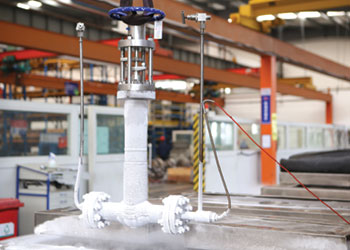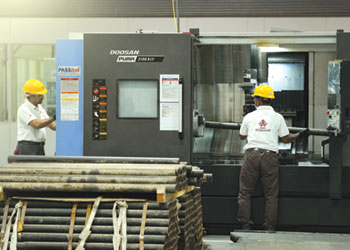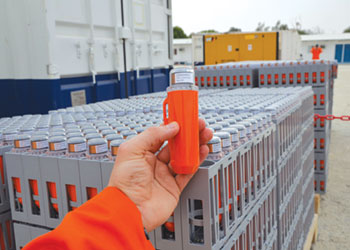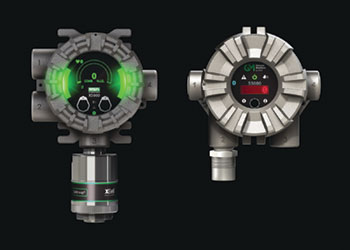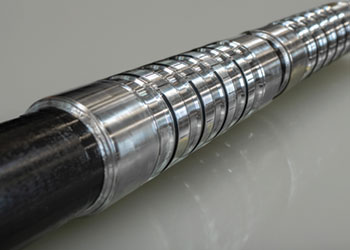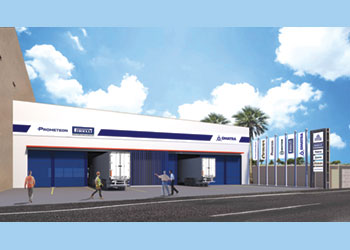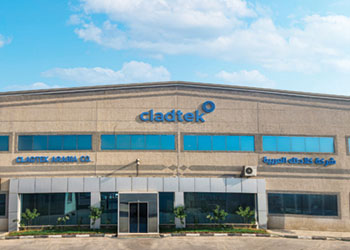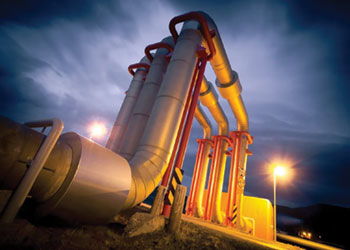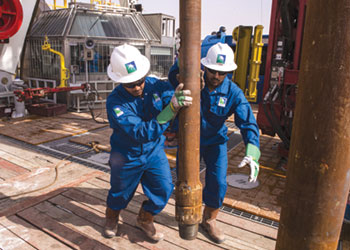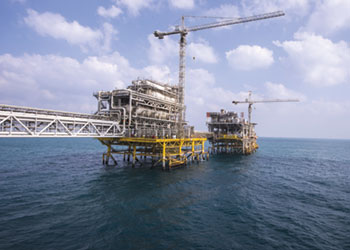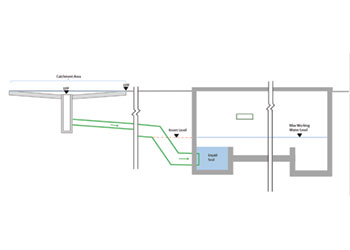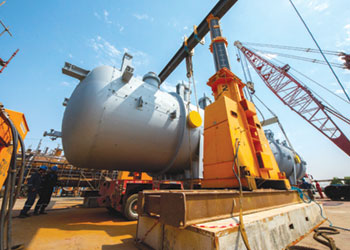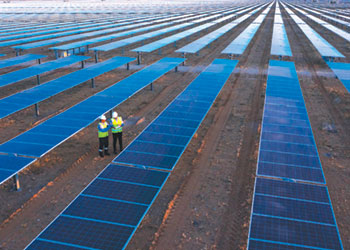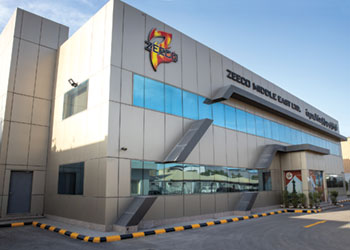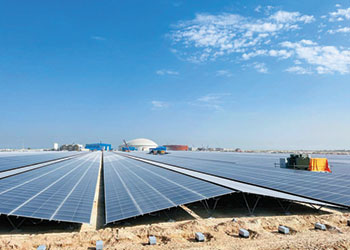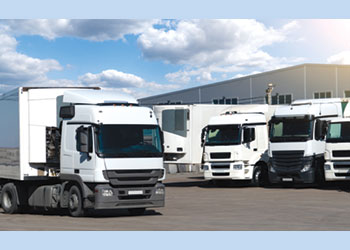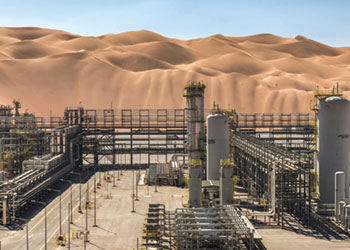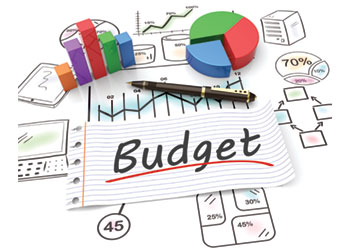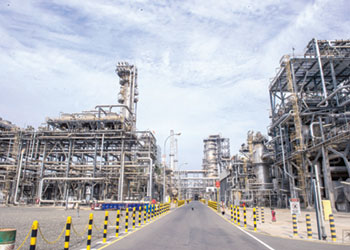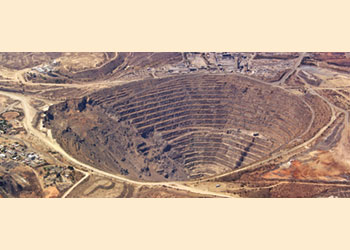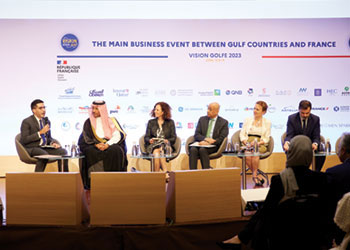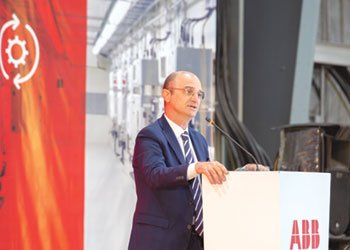
 The greatest clampdowns on methane emissions in the EU will follow in the coming years
The greatest clampdowns on methane emissions in the EU will follow in the coming years
With more legislative shifts likely to follow in the EU, Mike White, Territory Manager UK & Ireland at QED Environmental Systems, discusses the importance of getting ahead of the curve in regard to emissions monitoring
With the European Union (EU) parliament recently voting overwhelmingly in favour of reducing methane emissions in the energy sector, the crackdown on the second most impactful greenhouse gas has commenced.
While the main focus of Europe’s decarbonisation efforts seems to rest squarely on carbon dioxide (CO2), it would be fair to say that the impact of methane (CH4) is not as widely recognised, despite being significantly more potent at trapping heat in the atmosphere.
On a 100-year timescale, methane’s global warming potential (GWP) is 28 times greater than that of carbon dioxide, with this figure rising to 84 times that of its counterpart over a 20-year period.
Here, the factor that keeps methane from taking the top spot as the greatest contributor to climate change is its lifespan, as it remains in the atmosphere for a much shorter period than carbon dioxide.
However, this is not to say that its impact should be understated, particularly when its role as a local air pollutant and contributor to tropospheric ozone formation is brought into the equation.
LEGISLATION GATHERS PACE
Until recently, legislation surrounding methane emissions has lagged behind that of carbon dioxide, with recent research from the conversation indicating that just 13 per cent of man-made global methane emissions are regulated by policies capable of controlling and preventing them.
However, this looks to have finally turned a corner in 2023, with the first EU-wide legislation aimed at cutting methane emissions being passed by MEPs.
The proposal, which was voted through with 114 votes in favour, 15 against and 3 abstentions, will aim to slash direct methane emissions from the oil, gas, fossil gas and coal sectors, with an extension to the petrochemicals industry also likely.
Perhaps most significantly, the legislation details the obligations to detect and repair methane leaks within these industries.
From the date of entry into force of this regulation, operators have six months to submit a comprehensive leak detection and repair programme to the relevant national authorities, with MEPs strongly pushing the European Commission to double down on the frequency of leak detection and repair surveys. Here, operators will have just five days to repair or replace all components found to be dispersing the gas.
LOOKING TO THE FUTURE
While the passing of this legislation is already a significant development, it is important to recognise that this is merely the tip of the iceberg, and that the greatest clampdowns on methane emissions are likely to follow in the coming years.
As part of the aforementioned proposal, MEPs also urged the European Commission to set a binding 2030 reduction target for methane emissions by 2025, spanning all relevant sectors.
As part of this, member states will also be expected to set national reduction targets as part of ongoing energy and climate strategies, suggesting that this policy will be set into stone sooner rather than later.
Moreover, an earlier document published by the European Commission in 2020 sets out a strategy for reducing methane emissions in the EU and may offer a clue as to what other developments may soon follow.
The communication calls for robust leak detection and repair (LDAR) programmes for all fossil gas infrastructure – a change that has already come into play – but also for the energy, agricultural, waste, wastewater, biomethane and biogas industries.
If current developments are anything to go off, it would be fair to assume that the scope of legislation will soon expand to cover these. It should also be noted that the document makes reference to reporting via a three-tier framework as a cross-sectoral obligation.
With this in mind, whether or not a business is currently affected by legislation, these factors suggest that it will be a matter of when, and not if, they will be.
SETTING OUT A CREDIBLE PATH
For any business likely to be affected by these changes, setting out a clear path to compliance will be key to avoiding falling foul of legislation. It is clear that establishing a comprehensive LDAR programme is the first logical step to getting a handle on methane emissions.
However, integrating such a framework can often take time, so operators can benefit from seeking expert consultation ahead of time, so as to alleviate any teething problems and ensure best practice before the legislative hammer strikes.
By Abdulaziz Khattak











































































